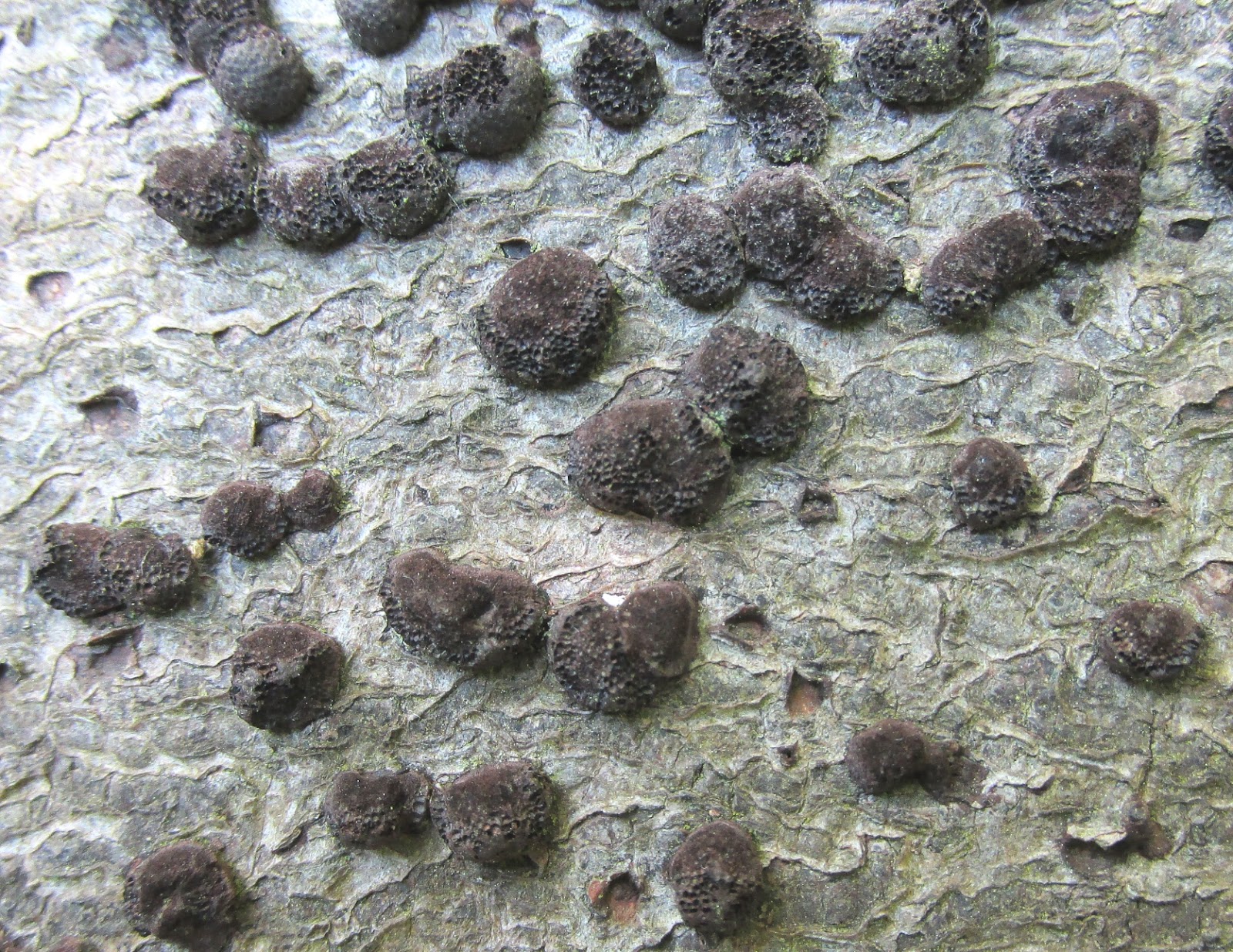The Hirsute Route

Caterpillar - day 22 - showing the five pairs of prolegs and three pairs of true legs Cinnabar Moth Larvae The case of the Mystery Eggs on the Conservatory Door has had to be re-opened. This had been put in the 'case closed' file - the eggs had been laid by a Cinnabar Moth. New evidence has come to light - namely that they don't look anything like Cinnabar larvae. This has left red faces all round amongst the Bungling Caterpillar Clouseaus (so that's you then - ed). The Cinnabar moth larva sequesters toxins from the Ragwort leaves they feed on, makes itself poisonous and advertises the fact with black and yellow, warning colouration. My chaps aren't bothering with any of that nonsense. In fact they've clearly gone down the hirsute-route of deterring predators. In one of the more bizzare experiments I've read about, Japanese researchers removed the hairs from larvae. These were more likely to be eaten by beetles, than those which had es...





